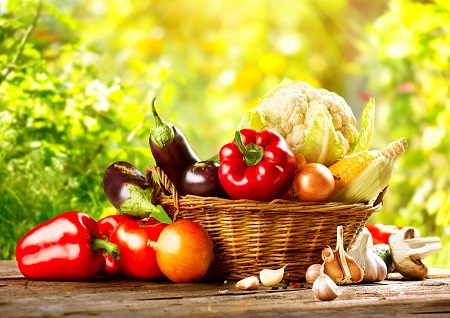Using seasonal produce is also an effective strategy for building higher profits into the menu while simultaneously taking advantage of ingredients when they are at their best.
Fresh is best
Most of the produce used in kitchens is available year round, which necessitates the use of long term cold storage and other large scale methods of maintaining the maximum freshness for the longest possible time.
Produce that is bought while in season has not been subjected to these sorts of storage processes and so it has been allowed to develop its flavours naturally and fully before going to market. This makes the seasonal produce taste much better than ingredients that have been stored, often for months, or fruit and vegetables that are picked while green and forced to ripen artificially.
The superior flavour and quality of seasonal ingredients translates to a better product in the dining room and enhances the reputation of the house as well as the cooking staff.
Fresh is cheapest
Buying produce in season is also significantly cheaper than at other times of the year simply because of the glut in production.
Taking advantage of seasonal periods of oversupply by creating menus that feature seasonal produce is a straightforward way to reduce the overall production costs while maximising the quality of the product.
Seasonal produce also carries less food miles because it is more likely to be produced locally rather than imported, ensuring it will be better for the environment as well as for the kitchen balance sheet.
Many traditional recipes use ingredients that come into season at the same time, like tomatoes and basil, and so these flavours will be familiar combinations for many diners, and tried and tested flavour profiles for chefs to work with. This means it is easier to produce menus that are weighted towards selling more of the high percentage dishes on the list because their familiarity steers customers towards buying them.

Designing menus to feature seasonal produce can be time consuming due to the constant necessity to accommodate fresh ingredients, but the payoff is that food production costs are maintained at the lowest possible level.
It can be challenging to secure a reliable supply of ingredients that are in season, especially from local sources, because they are often affected by unexpected events – like storms – that temporarily interrupt supply, but overall the cost effectiveness of keeping a high percentage of seasonal dishes on the card makes it worth the extra effort.
Freshness and quality of the end product will always keep diners coming back for more.


